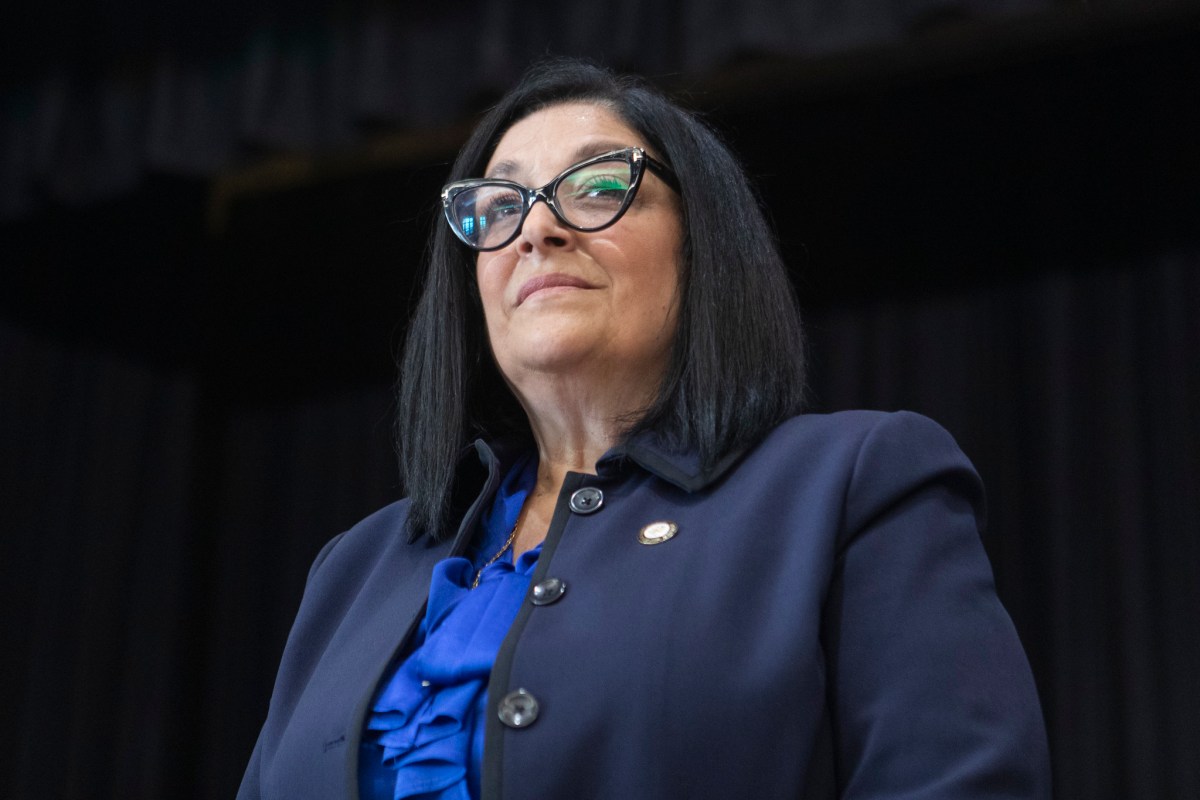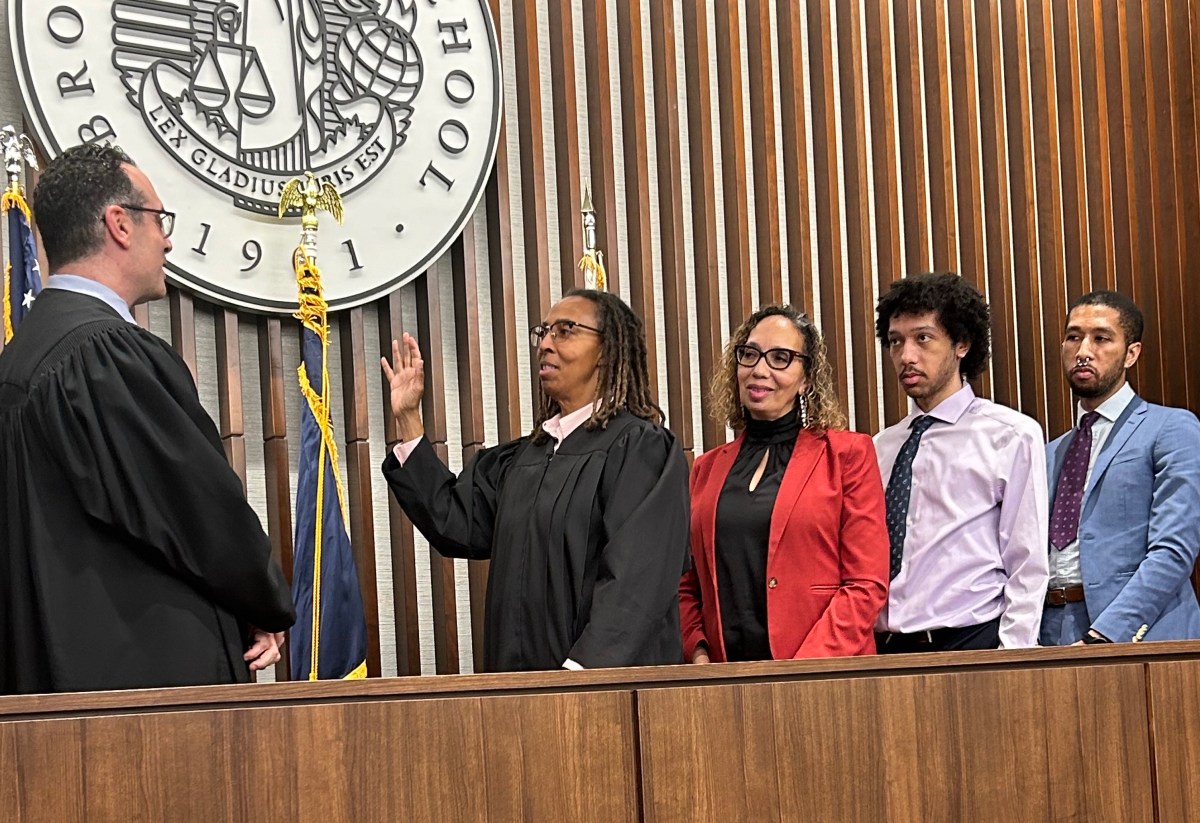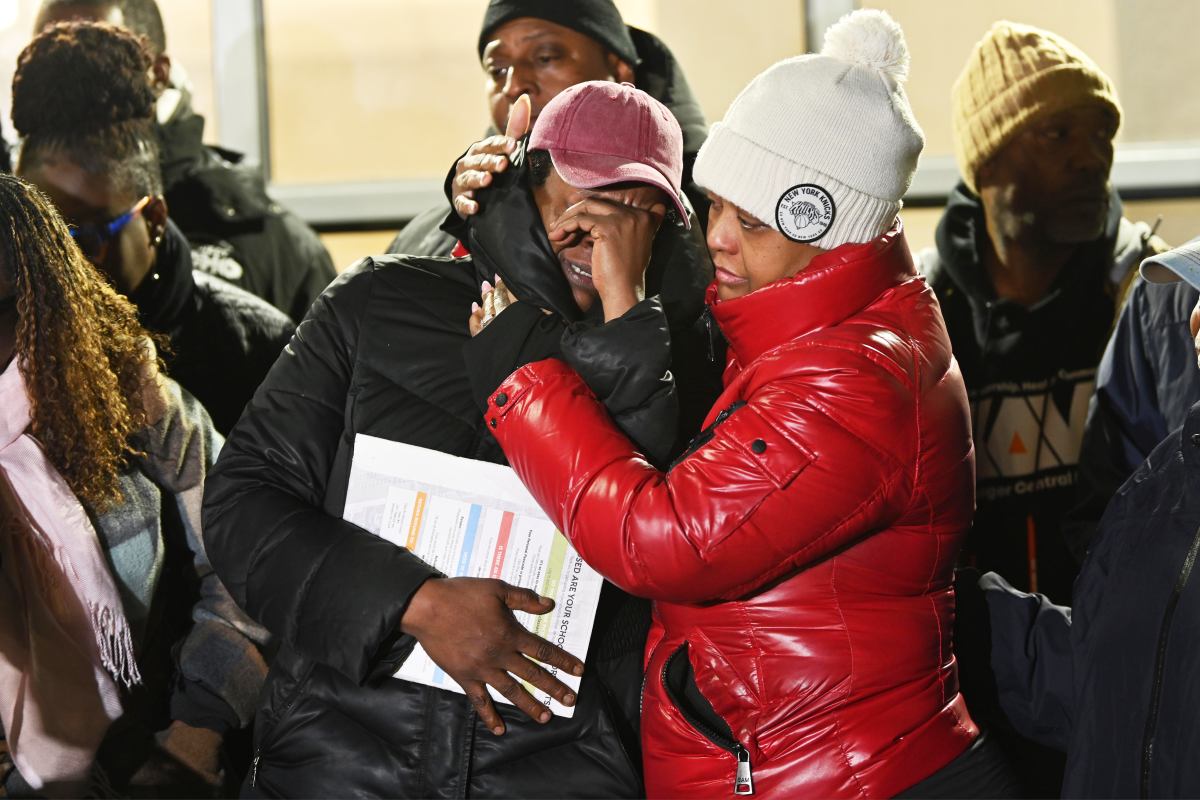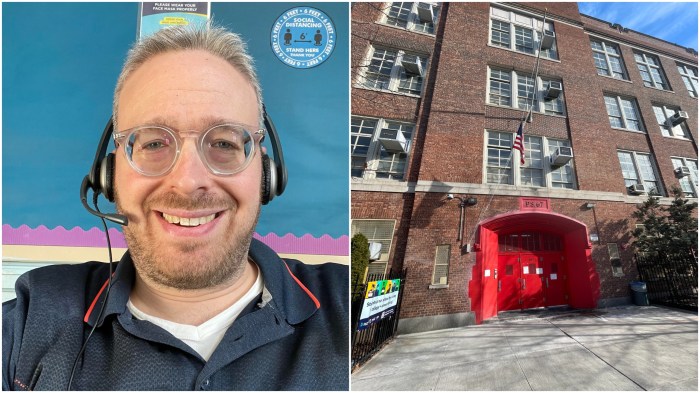
The MTA’s board is seeking independent oversight of the L train’s Canarsie tunnel reconstruction as critical questions linger around Gov. Andrew Cuomo’s surprise announcement earlier this month to cancel the L train shutdown.
Concerned about the quality of the new rehabilitation proposal, and the level of poisonous dust that would emanate from the work, several board members during a special meeting on Tuesday called for an independent review of the new proposal — with those reviewers reporting directly to the board — before any new plan is put into effect.
“To me, before I would be able to ever make a positive vote on something like this, I would like to see [a] qualified, independent — and I mean independent — engineering consulting firm take a look at this thing and advise the board directly as to how they see the pluses and minuses,” said board member Andrew Saul, calling in to the meeting as he recovered from back surgery.
Instead of carrying out the full shutdown of L service through Manhattan beginning this April, Cuomo assembled a team of engineering academics from Cornell and Columbia universities at the eleventh hour. The team devised a new proposal that would repair the tunnel with a smaller disruption: Work would take place on nights and weekends with a significant reduction, but not elimination, of service.

The new proposal abandons the original plan to reconstruct the tunnel’s concrete bench walls, which encase the line’s power and communications cables. Instead, those cables would be hung high on the tunnel’s walls, with sections of the Sandy-damaged bench walls either being removed or fortified with a fiberglass-reinforced polymer.
That new method would fortify the century-old tunnel for another 40 to 50 years, whereas the original approach was expected to make the tunnel safe for another century — albeit via a more disruptive reconstruction.
“It certainly would have been advantageous for long-term service life to completely tear out the duct banks and completely replace them,” said Mike Abrahams, an engineer at WSP, the consulting firm that pitched the original plan and is now overseeing the new strategy. “There are certainly surface-life advantages to doing that.”
But the MTA believes the new proposal is worth pursuing for the decades of resiliency, and the important fact that there will no longer be a full shutdown, which would displace 225,000 daily riders who use the L train to get between Manhattan and Brooklyn.
Acting Chairman Freddy Ferrer said the MTA plans to find an independent reviewer for the board. In the meantime, the authority has shuffled its own leadership on the project while working to nail down specific questions it’s hoping to answer on the new project, including how much concrete would have to be removed, how much silica dust would enter the air, and how the contractors, Judlau and TC Electric, would mitigate that hazardous silica dust.

“To me the biggest factor I think going forward in terms of this working or not working is the silica factor,” said MTA board member Scott Rechler. “If we can do this without in any way putting health risks to our customers, this is something that we should be pursuing.”
All of the questions and the need of a third-party review leave an unclear picture as to when this work could begin.
“I think of a lot of good questions were raised today. I actually thought it was a really good discussion,” said board member and city Department of Transportation Commissioner Polly Trottenberg after the meeting. “Obviously a lot of things still need to be answered.”
The silica dust concerns came after it was reported in The New York Times that the MTA and its consultants advised against a similar rehab strategy years ago due to a concern over lingering dust stemming from the demolition of concrete in the tunnel. Jerry Jannetti, the senior vice president at WSP, said that instead of completely removing and replacing the bench wall, only 40 percent will be removed, significantly reducing the amount of silica dust that would enter the tunnel.
“The project will comply and meet all environmental standards — including those for silica mitigation,” Jannetti said.
NYC Transit President Andy Byford was quiet for most of the meeting. The transit chief initially said he would take charge over evaluating the new proposal, to decide whether it was feasible, and go before the board with his findings. But Byford’s oversight role had been marginalized.
The MTA announced Tuesday that the project would be passed from Byford’s branch to Capital Construction, which is headed by Chief Development Officer Janno Leiber, with Managing Director Ronique Hakim supervising other elements of the project.
“Andy is responsible, for among other things, running the biggest rail system in North America,” Ferrer said. “Second, on the L train, he’s responsible for service, communications with customers, and all the other things . . . that are involved in the L train renewal.”
Several board members were confused as to what the body’s ultimate role would be in deciding the fate of the project. Board member Neal Zuckerman pointed out that the MTA’s own website announces “L shutdown averted.”
Ferrer reiterated that material changes in the contracts or any agreements with vendors or consultants would have to come before the board. As to when that would be, and whether the work could start as originally planned, on April 27, he didn’t have a definitive answer.
“We’re not there yet on when the contracts will be coming before the board,” he said, “because we haven’t concluded renegotiations on a rescoping or anything else.”



































